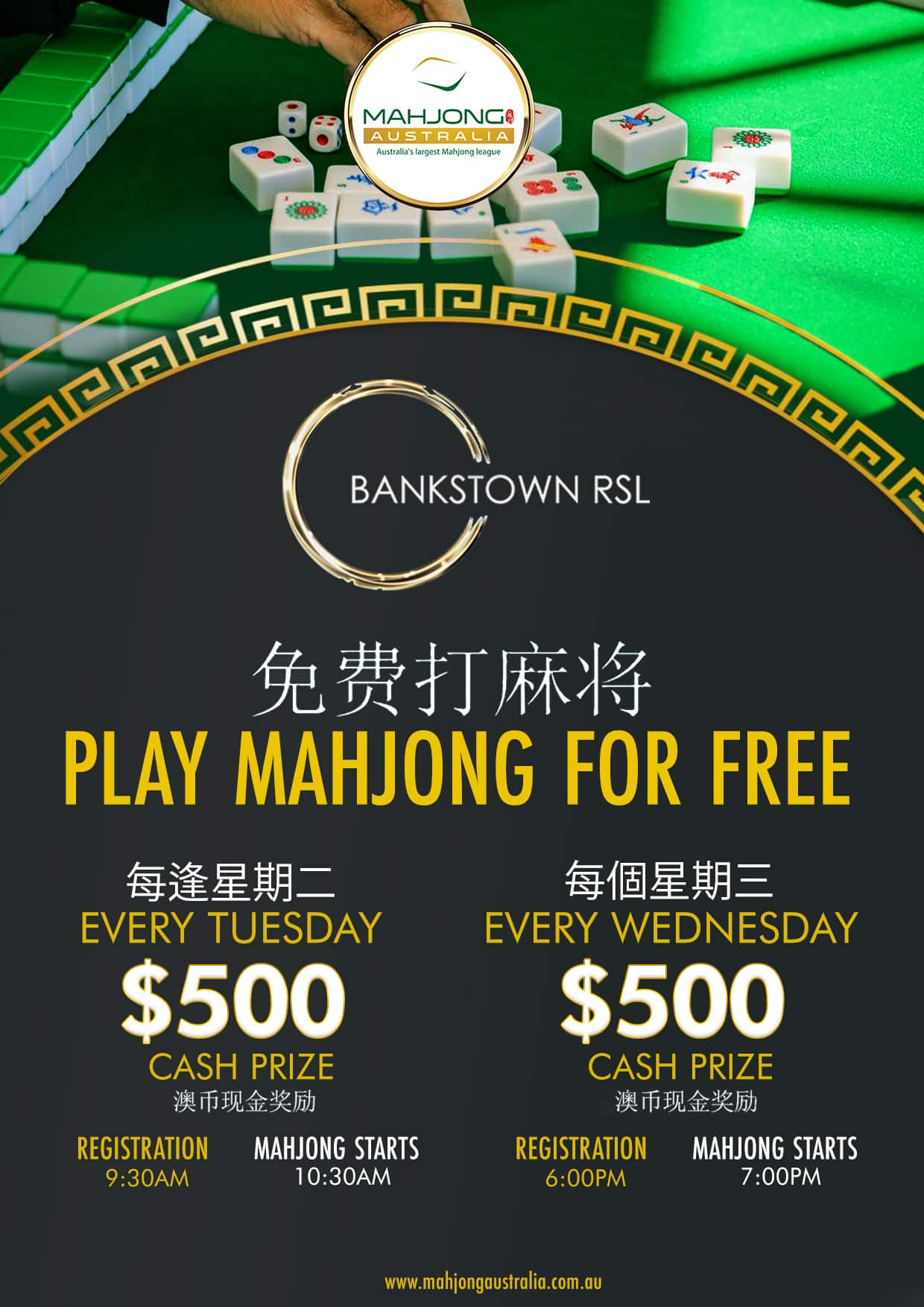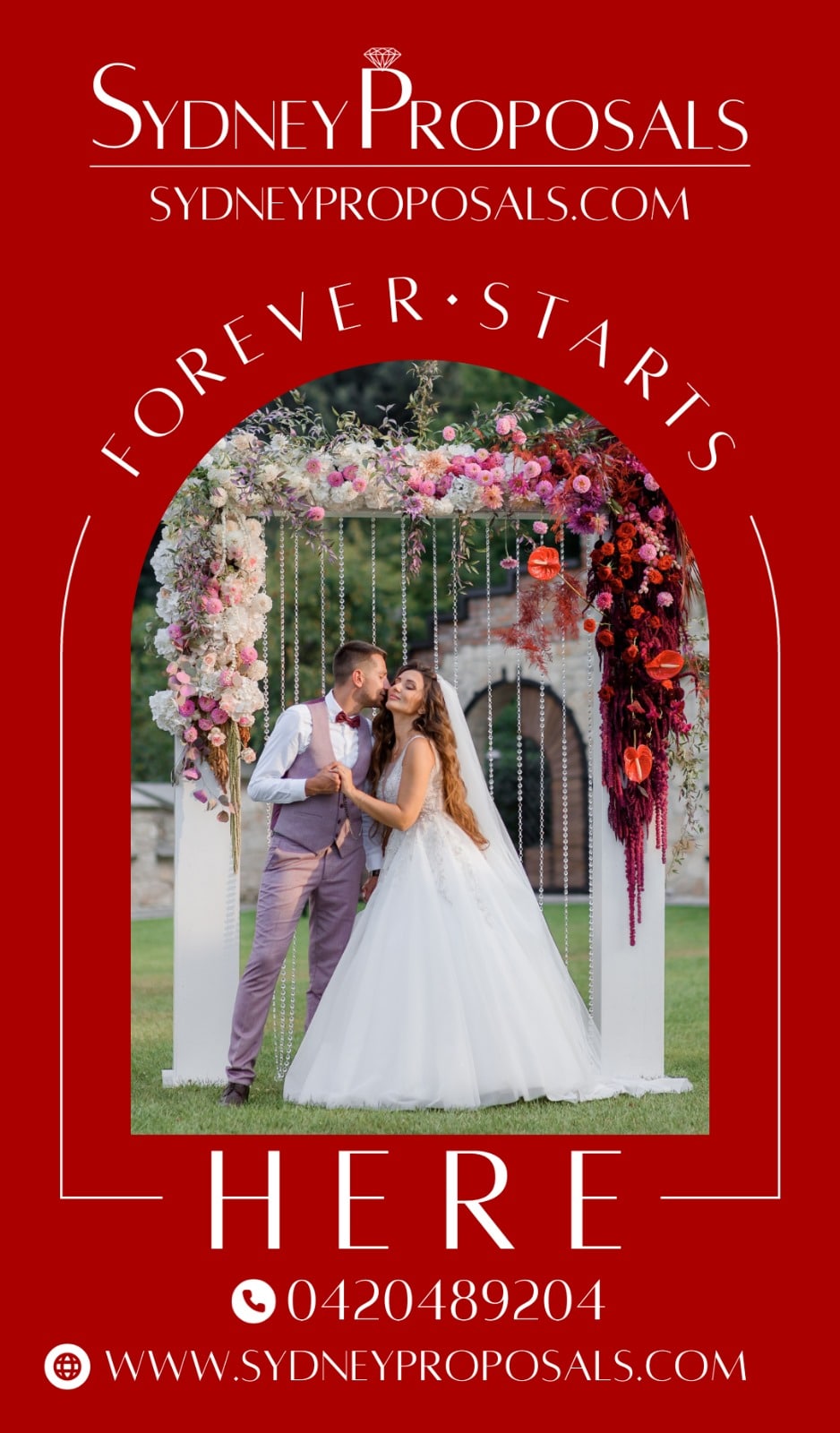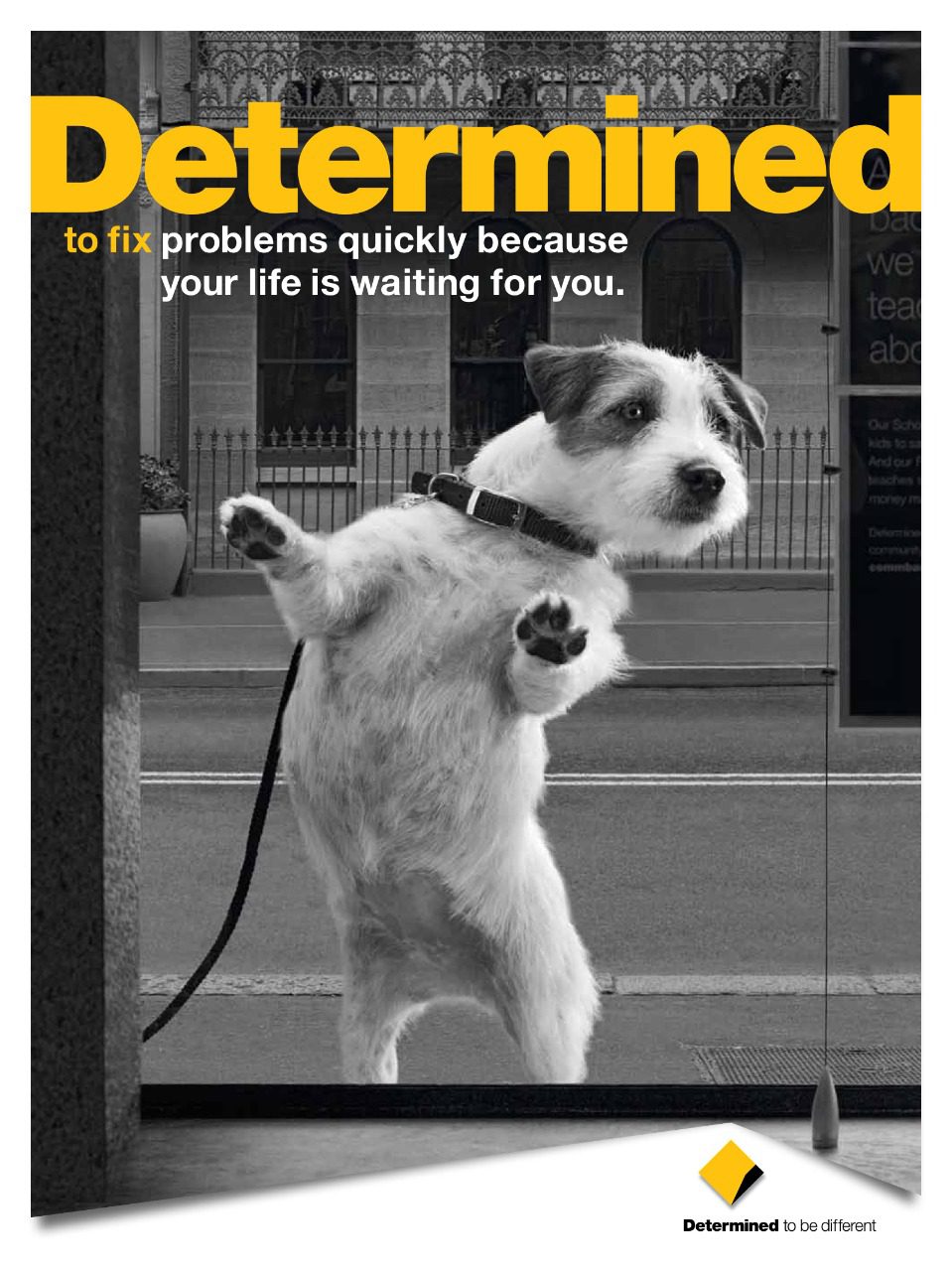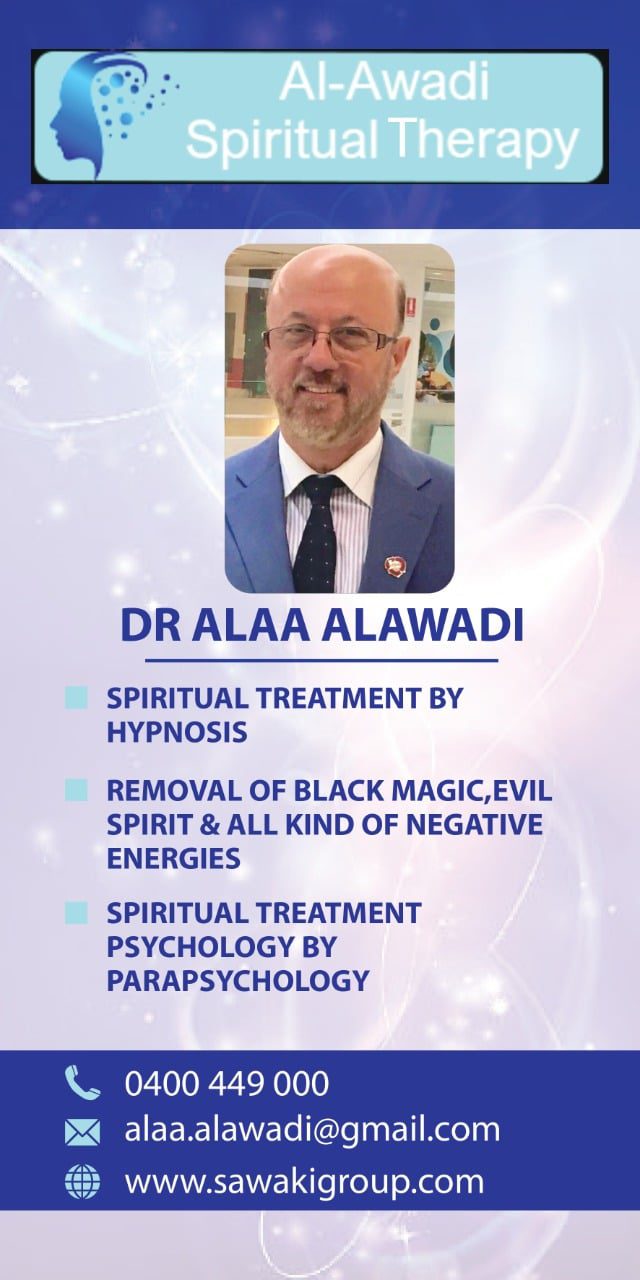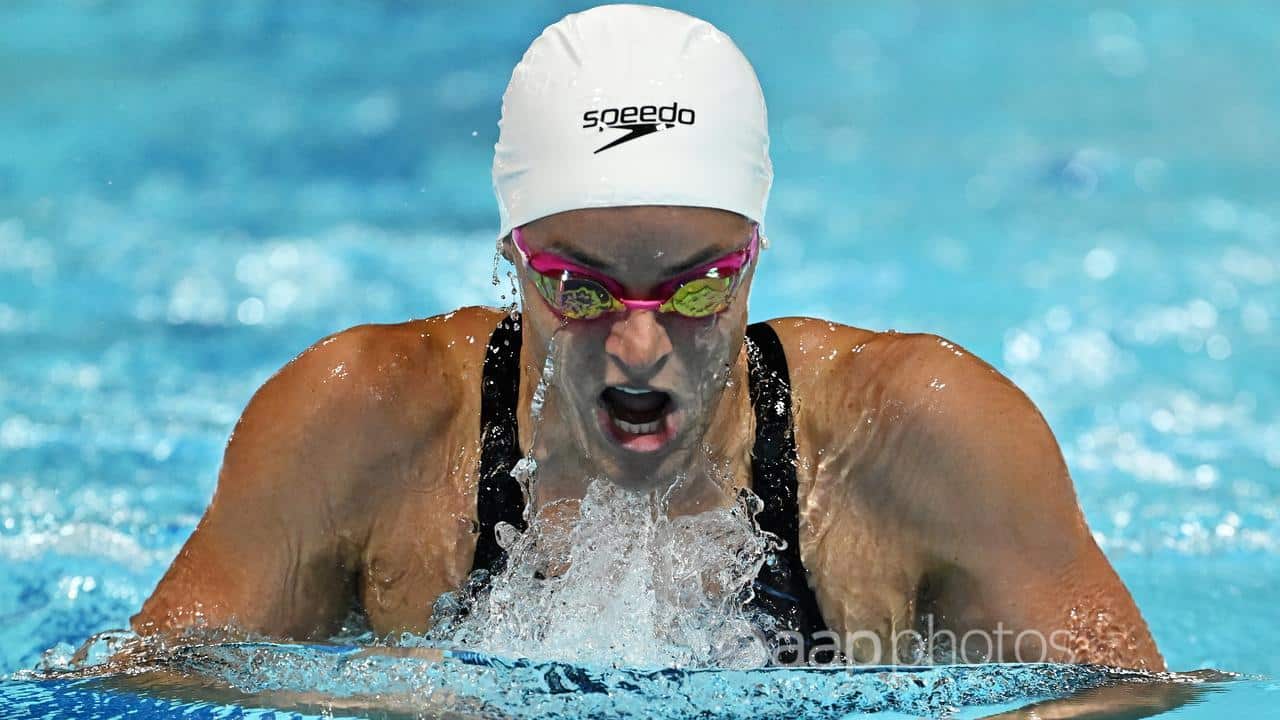In regional Australia lives one of the world’s most successful authors.
She has written more than 80 books across three decades, landed on the New York Times‘ bestseller list on 40 occasions and has more sales than Aussie literary icons like Tim Winton, Melina Marchetta and Richard Flanagan.
But despite her success, most Australians won’t have heard of Stephanie Laurens.
The romance writer is one of many notable authors who have turned away from Australian publishing houses because they don’t support her writing.
“(They) never published genre fiction, especially not romance. And unfortunately, not much has changed,” Laurens tells AAP.
The local publishing landscape is dominated by trade houses that concentrate on contemporary or literary fiction: books that are often character-driven, serious and contemplative.
But these novels are not the most popular. A 2021 survey of Australian readers found crime and mystery was their favourite genre, followed by science fiction and fantasy, then contemporary and literary fiction.
The Australian literary landscape disproportionately focuses on the latter because it “privileges literary fiction as ‘better’,” Pantera Press editorial director Kate Cuthbert says.
Turning to America
Melbourne-based writer Shelley Parker-Chan presented fantasy novel She Who Became the Sun to a US agent, wanting – in part – to ensure the work was taken seriously.
In Australia, pure romance, sci-fi or fantasy books are largely relegated to the “young adult” publishing lists. To end up in the Australian adult section, works have to cross over with a more literary genre like historical or contemporary fiction.
Jo MacKay, head of HarperCollins subsidiary HQ Books, says fantasy hasn’t been published locally because the market is saturated.
“Readers can’t read everything, retailers can no longer sell the books in big numbers and decide to stock in smaller numbers,” she says.
“Publishers can no longer sustain the cost of publishing a book and we see a shift away until the pendulum swings back.”
Publishing industry veteran Cuthbert says this is why many genre authors pitch overseas.
“That’s also where readers who are looking for those books tend to go because they’re not going to see them on bookshelves in Australia.”
Genre fiction worldwide has exploded in popularity thanks to a US-led movement of diverse authors exploring different points of view, Parker-Chan says.
“Sci-fi and fantasy are now places where marginalised imaginations can roam.
“It’s where queer people, people who are ‘othered’ in some way, who are not white for instance, can write the stories where they see themselves in ways they like.”
Parker-Chan’s manuscript fits those trends and was picked up by US sci-fi fantasy publisher Tor.
While Australian sales treaded water, She Who Became the Sun raced off the shelves internationally.
It topped the Sunday Times bestseller list and won awards for fantasy and LGBTQI literature.
Global acclaim, ignored at home
It was also the first novel by an Australian to be nominated for the Hugo Award for best novel, which puts Parker-Chan alongside celebrated writers like George RR Martin and Neil Gaiman.
When asked about the book’s popularity, Parker-Chan says genre fiction “creates new worlds, the kind that we want to live in, full of possibility and joy”.
“We need to push back against the idea that all serious fiction needs to be really grim.”
There are some Australian publishers who produce home-grown genre fiction. Micro-presses like Clan Destine specialise in genre, and Mackay says HarperCollins publishes rural romance, crime and historical fiction.
But these publishers release only a handful of books each year.
This is because the Australian landscape – booksellers, bookshelves and book prices – is built around the trade paperback: a book format with thicker and bigger pages.
It’s expensive and takes longer to print, so publishers have to make safe choices about the stories they tell.
In other markets, presses can print smaller, faster, cheaper books that are better suited to genre fiction’s voracious readers.
Cuthbert says changing the Australian system would “require work and risk, and publishing and literary institutions are so risk-averse”.
But for Laurens, even international publishing houses limited her success. Their 12- to 18-month turnaround was too slow for Laurens, who pens two or three books a year from her home in Victoria’s Macedon Ranges.
She wasn’t even allowed to choose her book covers. Instead, they were dictated by a manager from Walmart because the US retail giant was her biggest buyer.
“I had to cater to that man’s perception of what women are attracted to,” she says.
The move to self-publish
The majority of Australian romance authors, including Laurens and award-winner Anna Campbell, have since pivoted to self-publishing.
“Publishers were useful when they were the ones who helped you reach an audience, but when you have an audience who don’t read from publishers, publishers don’t control any of this,” Laurens says.
Though Australian genre readers and writers have learned to look abroad, Cuthbert says this isn’t necessarily bad.
Parker-Chan, Laurens, and Campbell interact with their international readership through social media. Sci-fi and fantasy have found an energetic home on BookTok and Twitter, while romance thrives in Facebook groups.
But Parker-Chan says the Australian literary sector would benefit from noting and celebrating the international success of genre authors.
“It would be nice for writing centres, creative writing courses, and grant-givers to open themselves to the possibilities of genre fiction as a really useful place to push our consciousness as Australians,” she says.
-AAP
The post The best-selling Australian authors you’ve never heard about appeared first on The New Daily.


